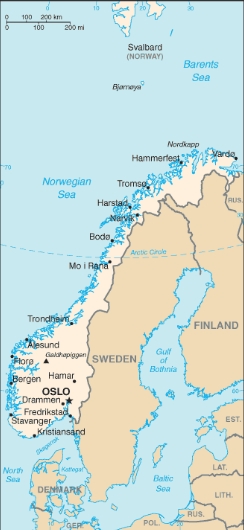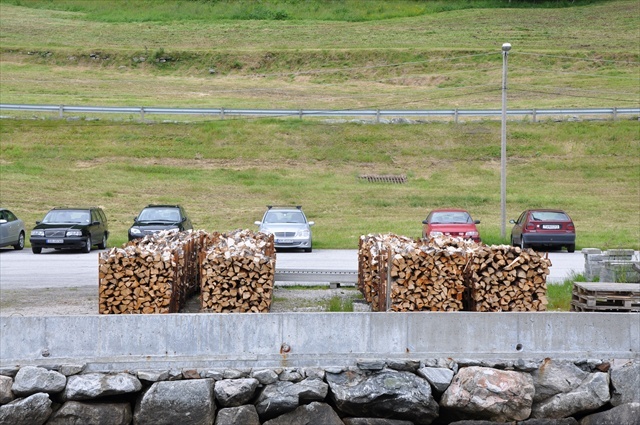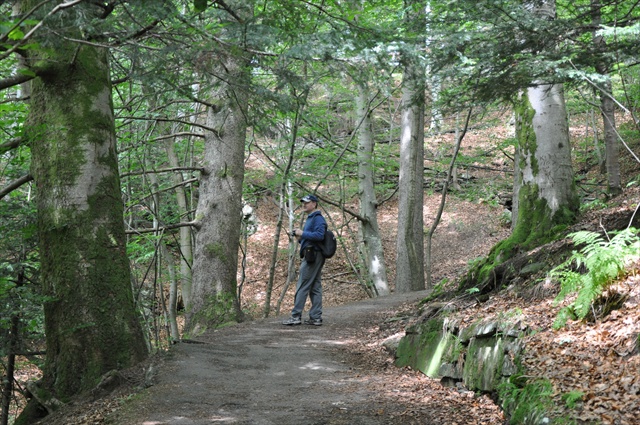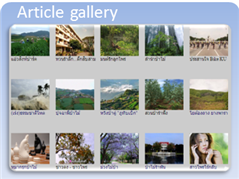Landscapes in Norway A Foresters Viewpoint

Norway is often summarized by its fans as the land with long, long summer days and a midnight sun, juicy fresh salmon, scenic panoramas in the fjords and crisp clean air.
Having just returned from a short visit to the place that 5 million people call home, my impressions are similar, with the additional observations that the people speak very good English and it is an expensive place to live compared to SE Asia.
Norway, like Thailand and Vietnam, is long and thin, with one of the longest and certainly very rugged coastlines in the world; there are around 50,000 islands, many contributing to the scenic beauty of the fjords.
From a forestry viewpoint, it was interesting to see the dominance of birches, alders, ashes and maples in the natural environment, even when north of the Arctic circle at Tromso. Norway spruce dominates in many areas and has spread into the northern half of Norway outside its natural distribution with the help of humans, as it is faster growing than the local conifers there and so has greater economic value. This is causing some environmental concerns where local forest ecosystems of slower growing Scots pines are being invaded by the seeds from the cones of the Norway spruce that spread easily and grow plentifully.
With less than 5% of the land being arable, Norway relies heavily on the plentiful numbers of fish that thrive in the warmer waters of the Gulfstream current that provide the trademark herring, codџ and other species that have been the staple of Norwegians since the Viking days.
While the extreme cold in northern Norway means that large areas of the country are naturally devoid of trees, some 40% of the country is wooded with 60% of this area used for production forestry of some sort. For over a century now, concerns about the overcutting of timber have resulted in a situation today where based on the most recent data for 2009, 6.6 million m3 of roundwood were harvested while annual increment is estimated to be four times this amount.

Firewood is an essential forest product here, amounting to more than 3 million m3 (which equates to about half the amount of commercially harvested roundwood).
The species behind the tree names are:
silver birch (Betula pendula Roth.), white birch (Betula pubescens Ehrh.),
black alder (Alnus glutinosaџ Gaertn.), smeckled alder (Alnus incana Moench.),
European ash (Fraxinus excelsior L.)
pedunculate oak (Quercus robur L.)
Norway spruce (Picea abies)
Scots pine (Pinus sylvestris L.)

Last updated: 0000-00-00 00:00:00

